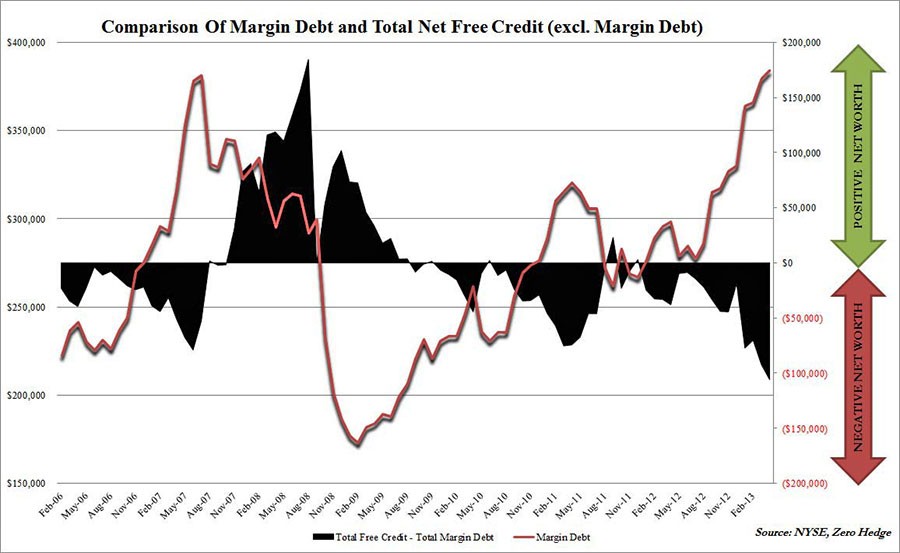Don t sell your stocks if you’re worried about a market decline The Globe and Mail
Post on: 29 Май, 2015 No Comment

Since the low point in the previous stock-market downturn (March, 2009), Canadian and U.S. stocks have been on a tear. The S&P/TSX composite approached a six-year high this week, while U.S. markets touched all-time highs. It’s a bull market that calls to mind the surge that began in the aftermath of the bear market of 2000-02. That rally flickered in 2007 as the global financial crisis took shape and then collapsed in 2008, when the Canadian stock market lost one-third of its value.
A long run-up in stocks does not on its own predict another crash. “Just because the market has gone up in the past five years doesn’t mean it can’t go up more,” said Paul Harris, a partner and portfolio manager at Avenue Investment Management.
Mr. Harris argues that the market isn’t dramatically overpriced today, a view that is supported by the price-earnings ratios for major indexes. The S&P 500’s P/E ratio this week based on recent earnings was 18.5, which is in line with the 25-year average.
And yet, investors are acting as if the market is perched on a knife’s edge. A recent report from the Center for Applied Research at asset management giant State Street Corp. found that investors in 16 countries around the world have increased their cash holdings over the past two years to 40 per cent, on average, from 31 per cent. Canadians were a little more adventurous than most, with a recent average cash position of 34 per cent. Considering how low returns on cash are, that’s still an exceptionally high level.
Sheryl Purdy, vice-president at Leede Financial Markets in Calgary, says she began hearing a year or so ago about brokers, who, in dealing with nervous clients, were keeping substantial parts of their portfolios in cash. This prompted her to do her own analysis of the market’s vulnerability to a pullback. Her conclusion is that anxiety about soaring stocks is driven more by jittery investors than by market fundamentals.
“I don’t think we’re in for another serious crash,” Ms. Purdy said. “I think what we’re dealing with is shell shock for a lot of clients.”
Ms. Purdy urges those nervous investors not to retreat from stocks. Doing so perpetuates the cycle of investors buying and selling at the wrong time, she argues. If you sell good stocks today, there’s no certainty you’ll be able to buy them back again at lower prices in the near term.
Ms. Purdy does believe that now is an opportune time to adjust a portfolio. Lately, she’s been taking profits on real estate investment trusts and putting more of an emphasis on energy because of its traditional strength in the later stages of a bull market.
Mr. Harris suggests reducing positions in the stocks that have done best in the past few years, including blue-chip dividend stocks, and looking for stocks and sectors that have lagged. For a nervous investor who is close to retirement, he would suggest putting some money into bonds. But not an excessive amount of money, he stresses. “I don’t think you can afford to be out of the stock market at that age. You’re too young.”
There’s been a lot of commentary lately about how longer lifespans will require investors to have more of their portfolios in stocks, and to keep those higher levels later in life. The idea is to slow down the depletion of their retirement savings by exposing some of it to long-term stock market growth.
What makes today’s investing environment especially tough is the expectation that bonds will offer weak returns, or even modest declines in the years ahead. As soon as interest rates make a sustained move higher, the price of bonds and bond funds will head lower.
And yet, Mr. Harris is firm on suggesting bonds for people nervous about stocks. Do not try to address risk by investing in different markets. “Stock markets tend to all move in the same direction,” he said. “You can’t diversify yourself out of stock risk by being in another stock market. That doesn’t work any more. What does diversify you out of stock market risk is fixed income.”
A summertime pullback for stocks would actually be a healthy thing for the market, said Andrew Pyle, a onetime economist who is now an investment adviser with ScotiaMcLeod in Peterborough, Ont. If stocks keep rising into autumn, he sees a risk of yet another October stock market correction.
“We’re not talking about a repeat of 2008,” Mr. Pyle said. “If you look at the radar screen, there’s nothing in the cards for a major drop. But we are in line for something that’s normal.”
Mr. Pyle said investors can prepare for this by rebalancing their portfolios, or selling winners and buying losers to get back to their target mix of stocks and bonds. His suggestion for particularly nervous investors is what we’ll call a defensive rebalance. If you were selling stocks and buying bonds to get back to a 50-50 mix, you might instead go to 60 per cent bonds and 40 per cent stocks.
A defensive rebalancing might be particularly suited to people who have been pushed into the stock market in recent years by low returns on bonds. Mr. Pyle imagines these investors fleeing stocks if taken by surprise in a stock market decline, a reaction that could cause them to lock in big losses.
One idea from Mr. Pyle on reducing stock market risk is to switch some common shares for preferred shares, which pay a dividend and are less volatile (they can still fall in price). Bonds are his top choice for keeping a portfolio safe, though. “You can complain all day about a 2-per-cent yield on a bond, but a 2-per-cent yield is still better than a 20-per-cent drop in the stock market.”














